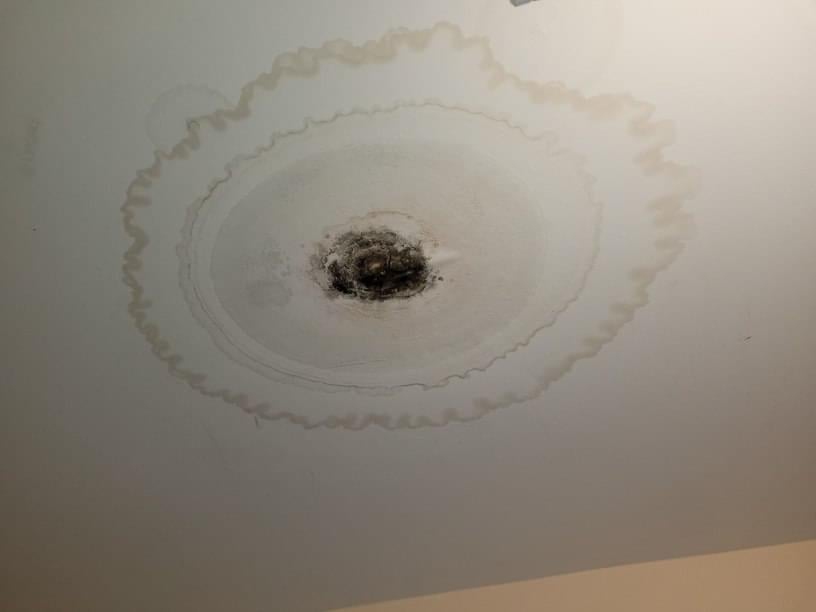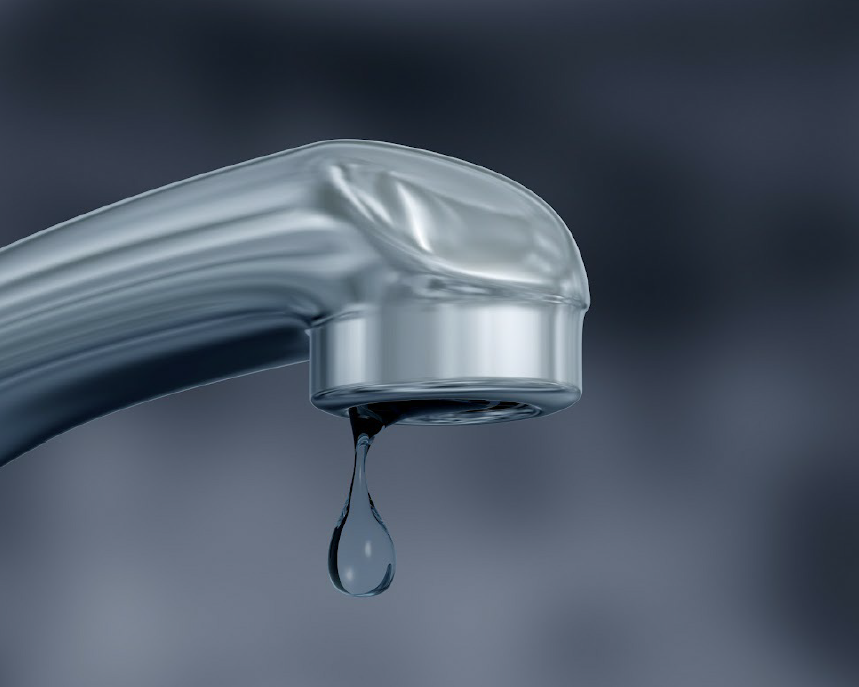Guide To Water Leak Discovery In The House
Guide To Water Leak Discovery In The House
Blog Article
How do you really feel in relation to Finding hidden leaks?

Early detection of leaking water lines can mitigate a potential disaster. Some little water leakages might not be visible.
1. Check Out the Water Meter
Every home has a water meter. Inspecting it is a guaranteed way that aids you discover leaks. For starters, turn off all the water resources. Make certain no person will purge, utilize the faucet, shower, run the washing device or dishwasher. From there, most likely to the meter and also watch if it will change. Because nobody is using it, there must be no activities. That indicates a fast-moving leakage if it relocates. If you identify no changes, wait an hour or 2 as well as inspect back again. This means you might have a slow leakage that might even be below ground.
2. Inspect Water Intake
Evaluate your water bills and also track your water intake. As the one paying it, you should observe if there are any type of inconsistencies. If you detect sudden changes, in spite of your intake coinciding, it means that you have leakages in your plumbing system. Keep in mind, your water costs need to fall under the very same variety each month. An unexpected spike in your costs indicates a fast-moving leak.
On the other hand, a stable rise each month, even with the very same routines, shows you have a slow-moving leakage that's additionally gradually escalating. Call a plumber to extensively examine your home, particularly if you feel a cozy location on your flooring with piping underneath.
3. Do a Food Coloring Examination
When it involves water usage, 30% comes from commodes. Test to see if they are running correctly. Decline flecks of food color in the tank as well as wait 10 minutes. There's a leakage between the storage tank and dish if the color in some way infiltrates your bowl throughout that time without flushing.
4. Asses Outside Lines
Do not fail to remember to check your outdoor water lines also. Should water seep out of the connection, you have a loose rubber gasket. One tiny leakage can waste loads of water as well as spike your water expense.
5. Analyze the circumstance and inspect
Homeowners should make it a routine to examine under the sink counters and also inside closets for any kind of bad odor or mold growth. These two red flags suggest a leak so prompt interest is needed. Doing routine inspections, even bi-annually, can conserve you from a major problem.
Extra importantly, if you recognize your residence is currently old, keep a watchful eye on your heating units, tubes, pipelines and so on. Check for stainings and compromising as most devices and pipes have a life span. They will additionally naturally weaken as a result of wear and tear. Do not wait for it to intensify if you presume leaking water lines in your plumbing system. Call a specialist plumber as soon as possible so you don't wind up with an awful mess in your house.
Early detection of dripping water lines can reduce a potential disaster. Some tiny water leakages may not be visible. Examining it is a proven method that helps you uncover leaks. One small leak can waste bunches of water and surge your water costs.
If you suspect leaking water lines in your plumbing system, don't wait for it to escalate.
How to Know If Your Home Has a Hidden Leak
Water Meter Reveals Inexplicable Water Usage
If you’d like to test whether or not there’s a leak somewhere in your home, you can do this using your water meter. Here is how to conduct the test:
Don’t use any water in your home for at least 30 minutes; this also means not turning on faucets or water-using appliances.
Go outside, and check your water meter for activity.
If your water meter shows that there was activity, even though no one was using any water, this proves that there is a leak in your home.Visible Mold or Mildew Growth
Leaks behind walls create moist, dark environments that allow mold and mildew to grow and thrive. Eventually, you might see mold growth forming on the wall closest to a hidden leak.
If mold is growing in an area that receives a high amount of moisture, such as a bathroom, it may simply be an indication that better ventilation is needed. However, if you see mold growth on a wall or the ceiling in an area where you would not expect, you probably have a hidden leak.
Musty, Mildew Odor
Sometimes you might not be able to see the mold or mildew that is growing as a result of a leak. However, the smell can give the problem away just as easily. If you catch a whiff of something musty, there’s a good chance that old water is collecting somewhere in your home that you can’t see.
Stained/Warped Walls, Ceilings, or Floors
When your home soaks up water, a variety of red flags can become visible, including ceiling stains, bubbling drywall, warped walls, and sagging floors. While these issues can be caused by excess humidity, they can also be signs that a pipe or plumbing connection has started leaking behind your walls.
Inexplicably High Water Bill
After a while, you get a general sense for what your water bill should be. If you own a pool or sprinkler system, your bill will tend to be higher during summer. However, if you receive a water bill that seems especially high, and you can’t figure out what caused it, then you may have a hidden leak somewhere that’s increasing your bill.
https://www.plumbingjoint.com/blog/2019/july/how-to-know-if-your-home-has-a-hidden-leak/

I recently found that blog post about Hacks to detect leaks when browsing on the web. Are you aware of another person who is occupied with the topic? Take a moment to share it. We thank you for reading our article about Detecting hidden plumbing leaks.
Report this page